
The history of Komainu and local shrines
After the state of emergency was lifted in 39 prefectures on May 14, it was lifted in the Tokyo metropolitan area and Hokkaido on May 25. From June, the lifting of self-restraint measures will move to Step 2 and beyond, and various facilities will be able to be used. However, new clusters have been reported in Kitakyushu, Tokyo, and Hokkaido, and a Tokyo Alert is expected to be issued, making it impossible to predict the spread of a second wave of infections.
On the other hand, as of May 25, the number of COVID-19-related bankruptcies had reached 176 (Tokyo Shoko Research), and there are major concerns that the economic impact will continue in the future.
However, many people who have continued to live in self-restraint for nearly two months will likely travel to various places once the state of emergency is lifted.
A "new lifestyle" has been outlined, but I think we will continue to maintain social distancing and avoid the three Cs.
Among them, the recommended spots to go out are "shrine"is.
This time, I will be moving away from the topic of monsters, but I would like to talk about the things you should look out for when visiting a shrine.Guardian Dog"We will introduce you to "

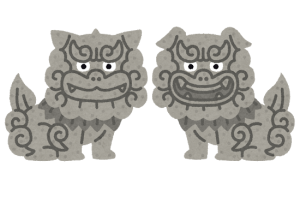
"Komainu" are imaginary guardian beasts resembling lions or dogs.
At the entrance to temples, you often see signs like "AunIn many shrines, there is a statue of the Kongorikishi, and in the same way, there are often two Komainu statues, "A-un," enshrined at the shrine.
Did you know that one of these two Komainu dogs is actually not a "Komainu"?
These two "komainu" are actually,Guardian Dog and Lion" That's it.
Generally, the right side is "lion statue" and has its mouth open in the "Agyo" style. The left side is "Guardian dog statue" and it is said that in the "Ungyo" form, the mouth is closed.
The origin of Komainu is said to be in ancient India, where statues of lions were placed on either side of Buddha as guardian beasts.
The lion statues guarding sacred areas in ancient Egypt and Mesopotamia are also said to be its origins.SphinxIt is believed to be the case.
The Sphinx was a big guardian dog.


It is said that the lion from the Tang Dynasty in China was introduced to Japan along with Buddhism. There are several theories about the origin of the word "komainu," including one that says it was introduced from Korea and was therefore called "Koma-inu" (Koma dog), and another that says it was called "Koma-inu" (Koma dog) because it was used to ward off evil spirits.
Long ago, the idea that the Japanese originated in Israel (Jewish) was popular, but in Islam, dogs are considered unclean creatures. On the other hand, in Zoroastrianism, dogs, cows, and chickens are considered sacred animals, so if the Komainu were introduced to Japan via Israel, it is likely that Zoroaster's influence was behind it.
It is interesting to see the influence of various religions in the origins of the Komainu.
I wrote above that the two lions and guardian lions are often arranged in the "A-un" formation, but this is just a general rule, and there are many different types of lion statues depending on the shrine.
Located in Sapporo, HokkaidoKamoteina ShrineThere are four guardian dogs.

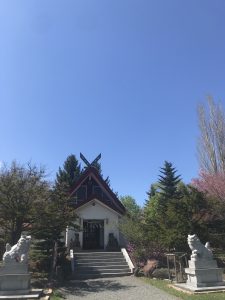
The statues stepping on the puppy are probably lion dogs. The statue in the foreground has its mouth closed, but the statue in the background has its mouth open.

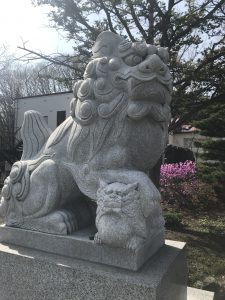


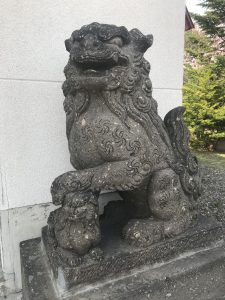

By the way, it seems that stepping on (stroking) a puppy symbolizes fertility and prosperity.
Also located in Nishi-ku, SapporoNishino ShrineAlthough there are no lion dogs at the shrine, there are statues of dogs corresponding to each of the 12 zodiac animals.

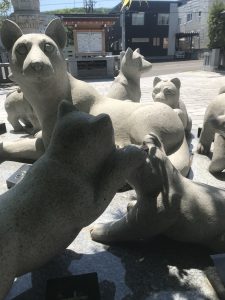

Nishino Shrine is famous as a power spot for matchmaking, marriage, romance, fertility, and safe childbirth, as it was reported that Fukuyama Masaharu got married shortly after visiting there.
Located in the back of Nishi-ku, SapporoSapporo Ontake ShrineIt also has a pet cemetery where a variety of animals are enshrined.

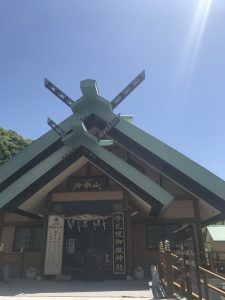
Instead of a lion dog, there is a stone statue of an owl.
Perhaps this Komainu culture is unique to Hokkaido, which has a short history.
There may be shrines and lion statues in the area where you live that are connected to the history of that area.
I think it will be interesting to see a side of the place you live that you didn't know about, so please give it a try.
Text and photos by Keijiro Watanabe
■ Keishiro Watanabe (Kei-chan)
Born in Asahikawa, Hokkaido. Graduated from the School of Human Sciences at Waseda University. An independent researcher of yokai. Certified Information Systems Auditor (CISA) and Project Management Professional (PMP).
He currently works as a management and IT consultant, residing in Sapporo, Hokkaido, and traveling throughout the prefecture and Tokyo. However, he studied folklore and cultural anthropology at university, and continues to research yokai as his life's work.
I am currently writing articles about monsters associated with Hokkaido, where I currently live, as well as current news about business and economics.
Twitter:https://twitter.com/keishiro_w

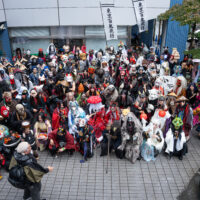
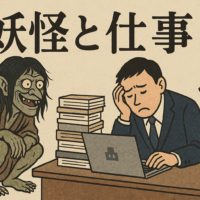
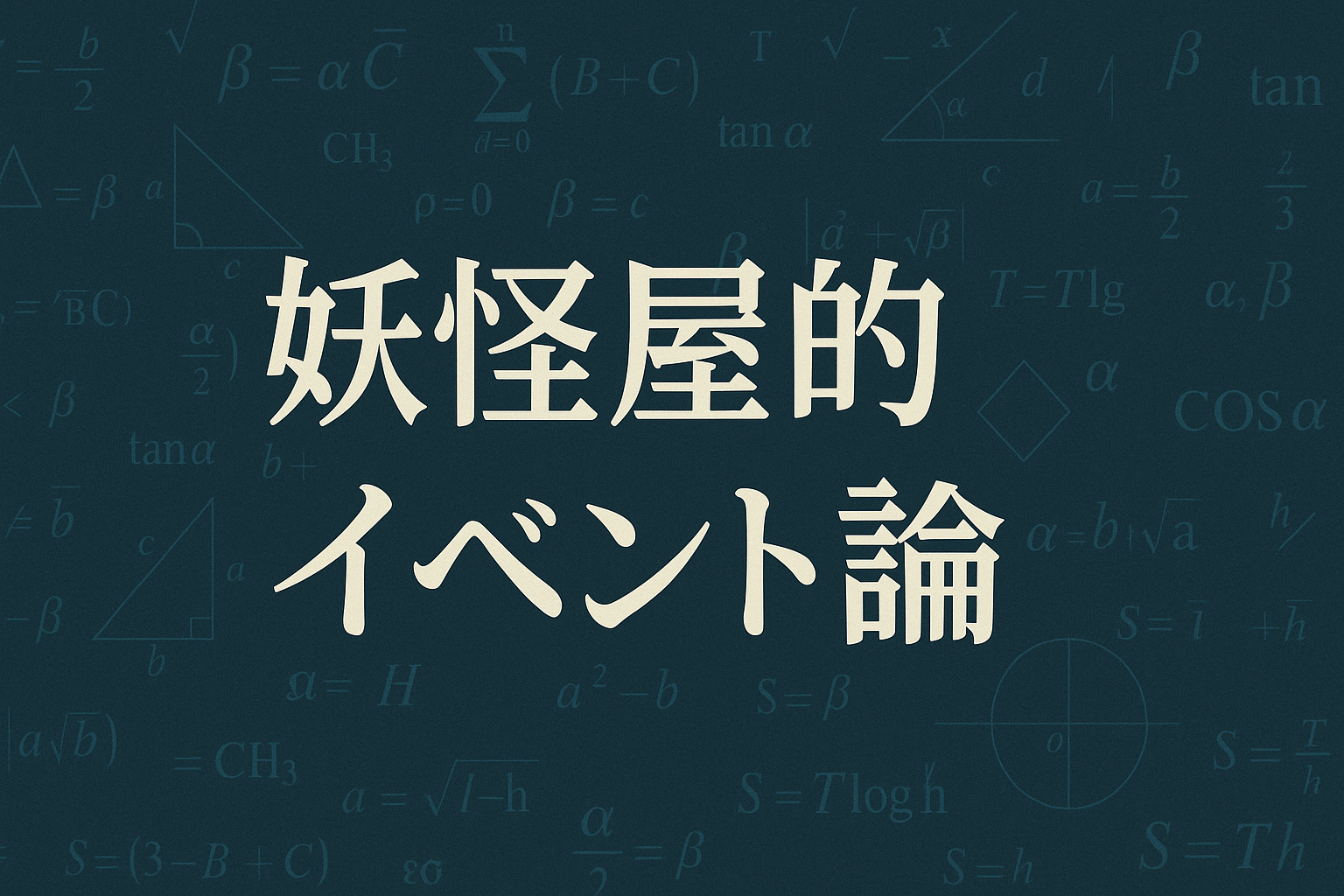



No comments yet.